Description
Title: Chloroform: A Comprehensive and Unbiased Examination
Introduction:
Chloroform is a chemical compound with the formula CHCl3. It is a colorless, heavy, and sweet-smelling liquid that has been widely used in various applications, particularly in the medical and scientific fields. Despite its widespread use, chloroform has been the subject of much controversy and debate due to its potential health hazards and negative associations in popular culture. In this article, we aim to provide a comprehensive, unbiased, and informative examination of chloroform, discussing its history, properties, uses, and safety concerns.
History and Discovery:
Chloroform was first synthesized in 1831 by the American physician Samuel Guthrie, who discovered it as a byproduct of the reaction between chlorine and alcohol. However, it was the German chemist Justus von Liebig who later identified its unique properties and potential medical applications. Chloroform rapidly gained popularity in the medical community for its anesthetic properties and was widely used as a surgical anesthetic throughout the 19th and early 20th centuries. Its popularity waned after the discovery of safer alternatives, such as ether and halothane.
Properties:
Chloroform is a dense, non-flammable liquid that boils at 61.2°C (142.2°F). It has a characteristic sweet and pungent odor, which can be detected even at very low concentrations. Chloroform is highly soluble in organic solvents, making it an excellent extracting agent for various organic compounds. It is also miscible with ether, alcohol, and other organic solvents, which has led to its widespread use in various chemical reactions.
Uses:
Chloroform has been employed in various fields, including medicine, chemistry, and industry. In the medical field, chloroform served as a vital anesthetic agent for surgical procedures before the advent of safer alternatives. Today, it is still used in forensic science for the extraction and identification of fingerprints. In the chemical industry, chloroform is used as a solvent and reagent in various chemical reactions, such as the production of refrigerants, propellants, and pharmaceuticals.
Safety Concerns and Health Hazards:
Despite its many uses, chloroform poses significant health hazards and safety concerns. It is classified as a probable human carcinogen by the International Agency for Research on Cancer (IARC) and has been linked to an increased risk of liver and kidney cancer. Chloroform is also harmful if swallowed, inhaled, or absorbed through the skin, causing irritation to the eyes, skin, and respiratory tract. Prolonged exposure can lead to more severe health issues, such as liver and kidney damage, heart problems, and potential neurological effects.
Moreover, chloroform has been the subject of controversy due to its historical use as a date rape drug. Its sweet odor and rapid onset of anesthetic effects make it an attractive candidate for this purpose. However, it is essential to note that the use of chloroform as a date rape drug is illegal and has been strongly condemned by law enforcement agencies worldwide.
Precautions, Storage, and Disposal:
When handling chloroform, it is crucial to take several safety precautions, such as wearing protective clothing, gloves, and eye/face protection. It should be used only in well-ventilated areas or under a fume hood, and any spills should be cleaned up immediately to prevent exposure. Chloroform should be stored in tightly sealed containers in a cool, dry, and well-ventilated area, away from heat sources, sparks, or open flames.
Proper disposal of chloroform is crucial to minimize its environmental impact. It should be disposed of in accordance with local, state, and federal regulations, ensuring that it does not contaminate water sources or soil. Ideally, chloroform should be sent to a licensed waste disposal facility for proper treatment and disposal.
Conclusion:
Chloroform is a versatile chemical compound with a rich history and diverse applications. Its unique properties and widespread use have made it an indispensable tool in various fields, from medicine and chemistry to industry. However, its potential health hazards and safety concerns cannot be ignored. By understanding chloroform’s properties, uses, and safety guidelines, we can ensure its safe and responsible use, maximizing its benefits while minimizing its risks.





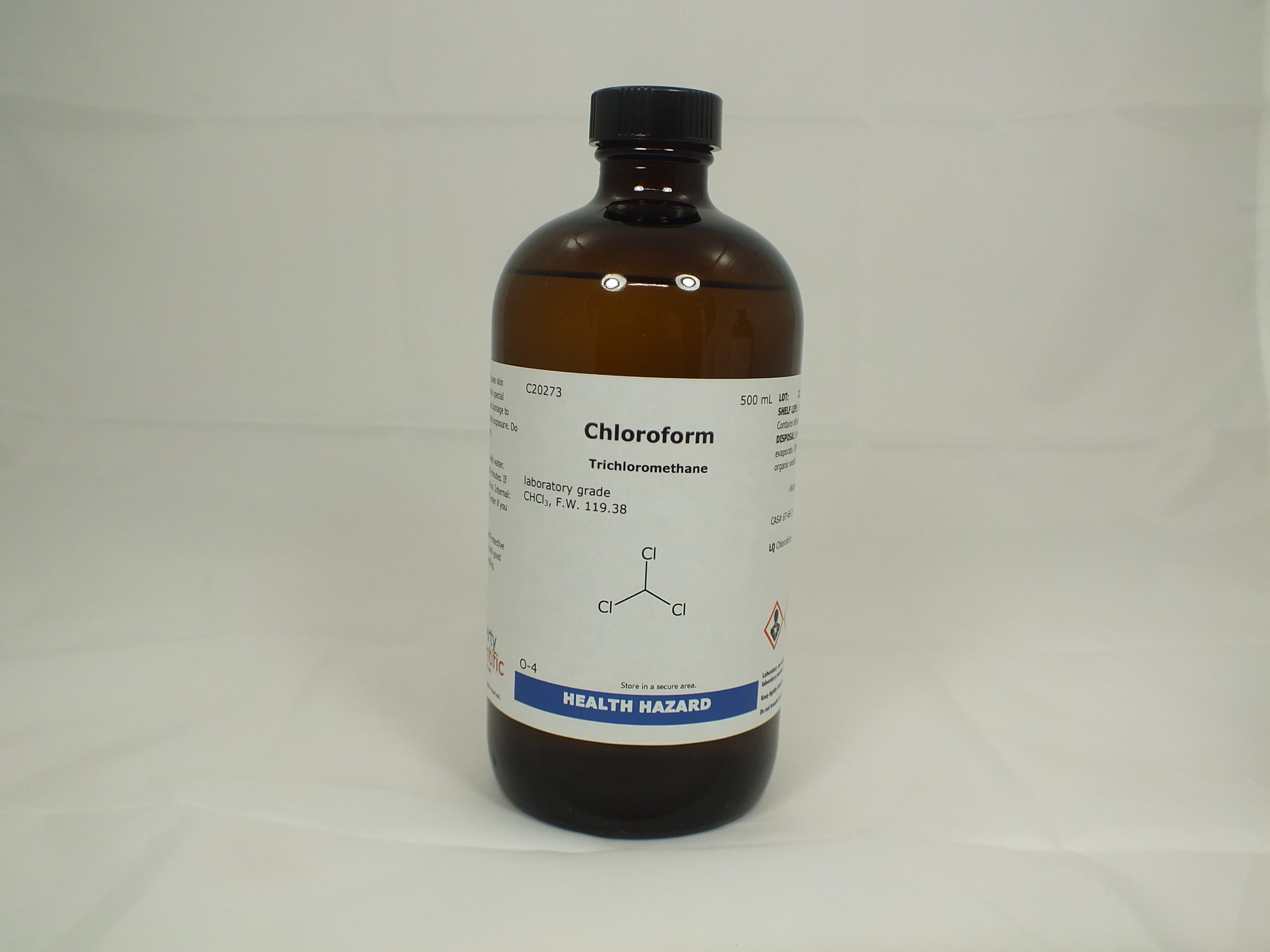
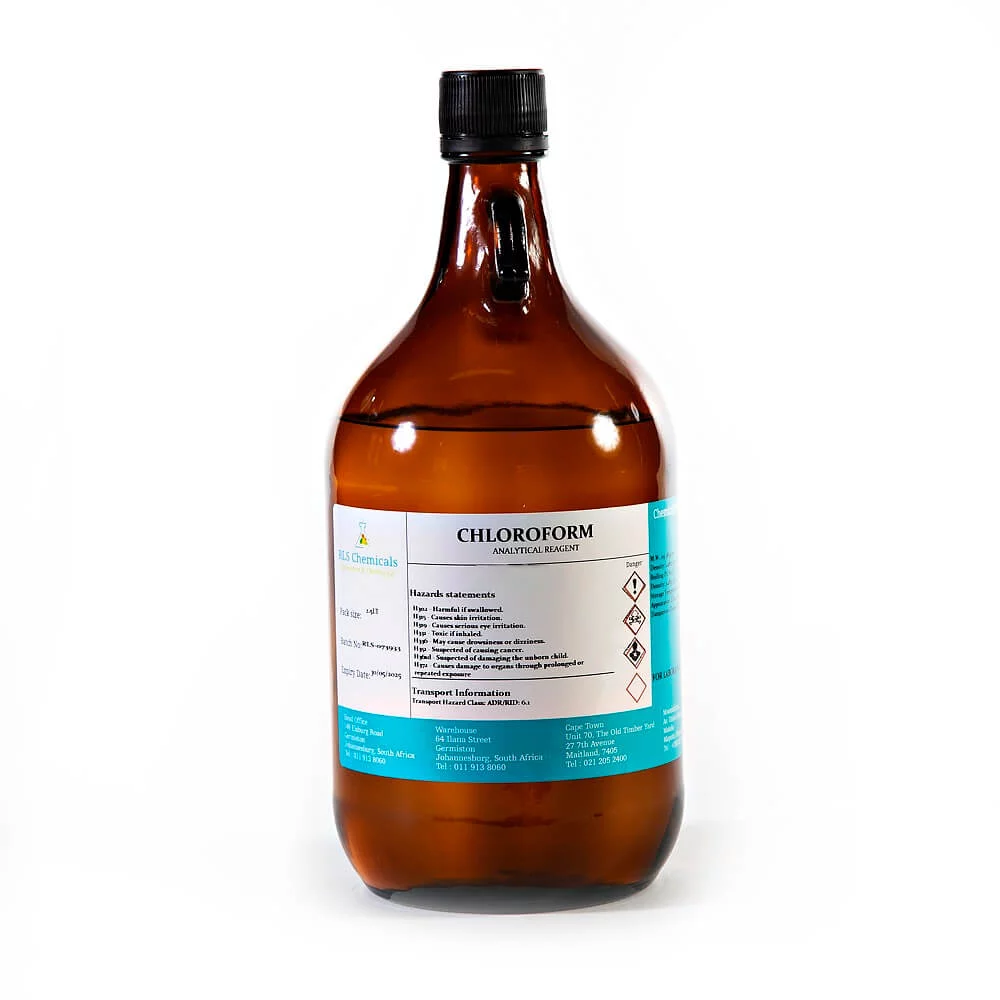
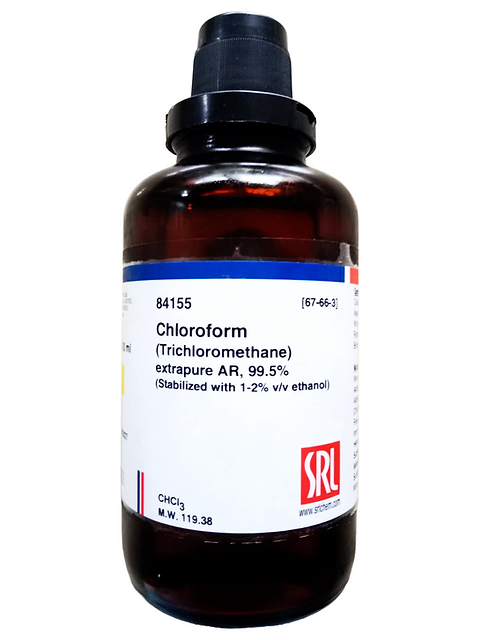
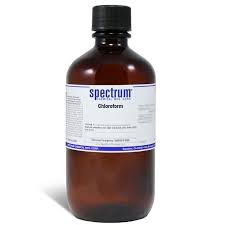
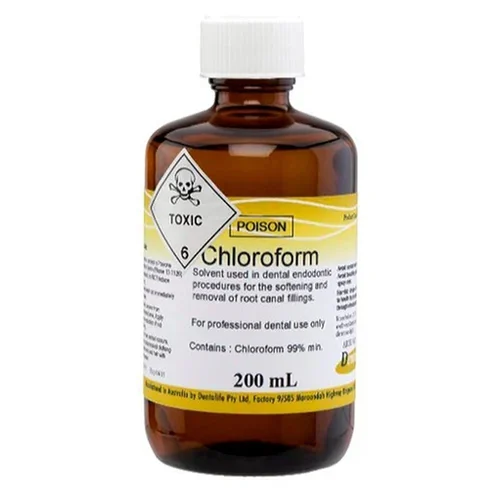





Reviews
There are no reviews yet.